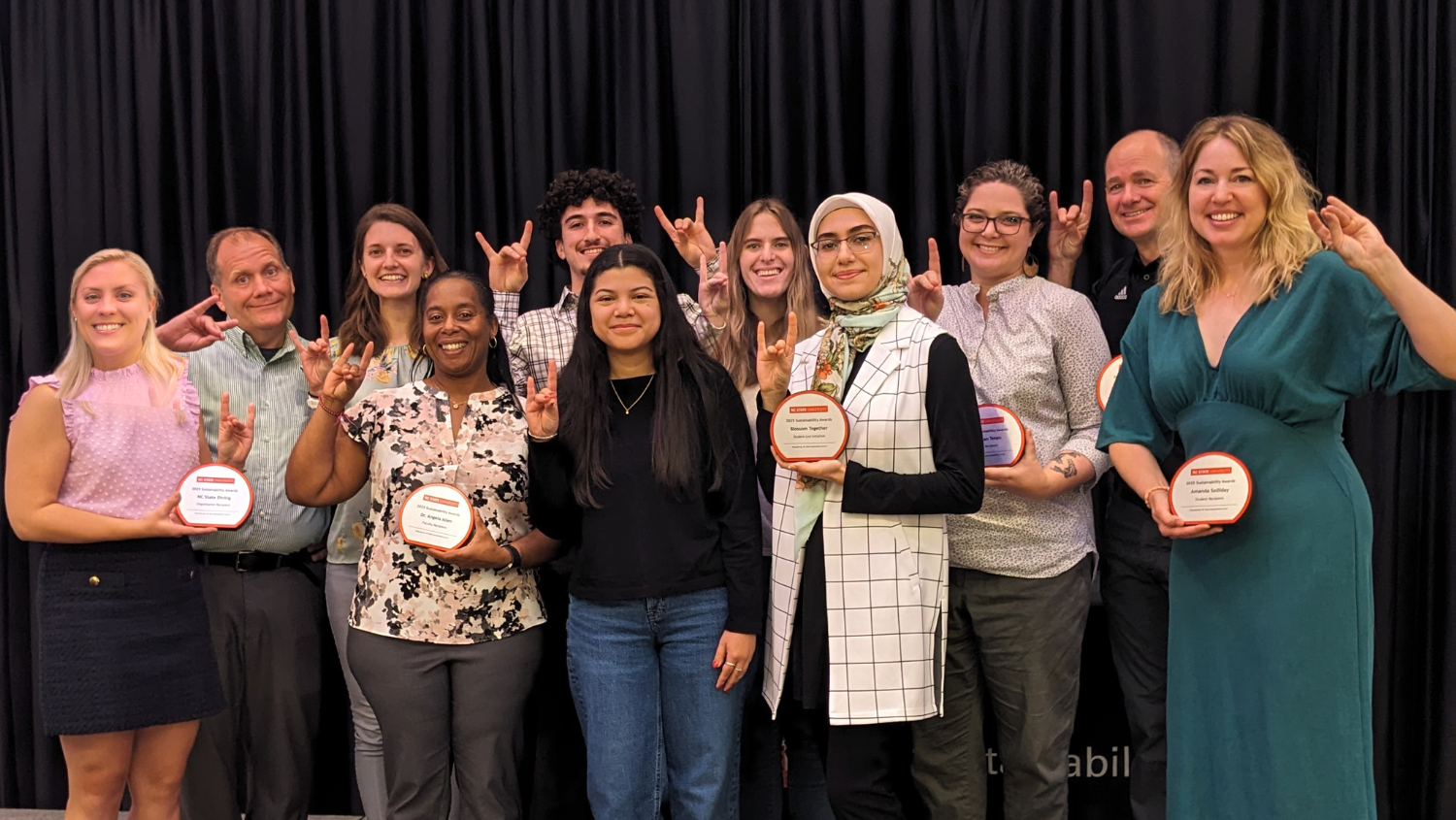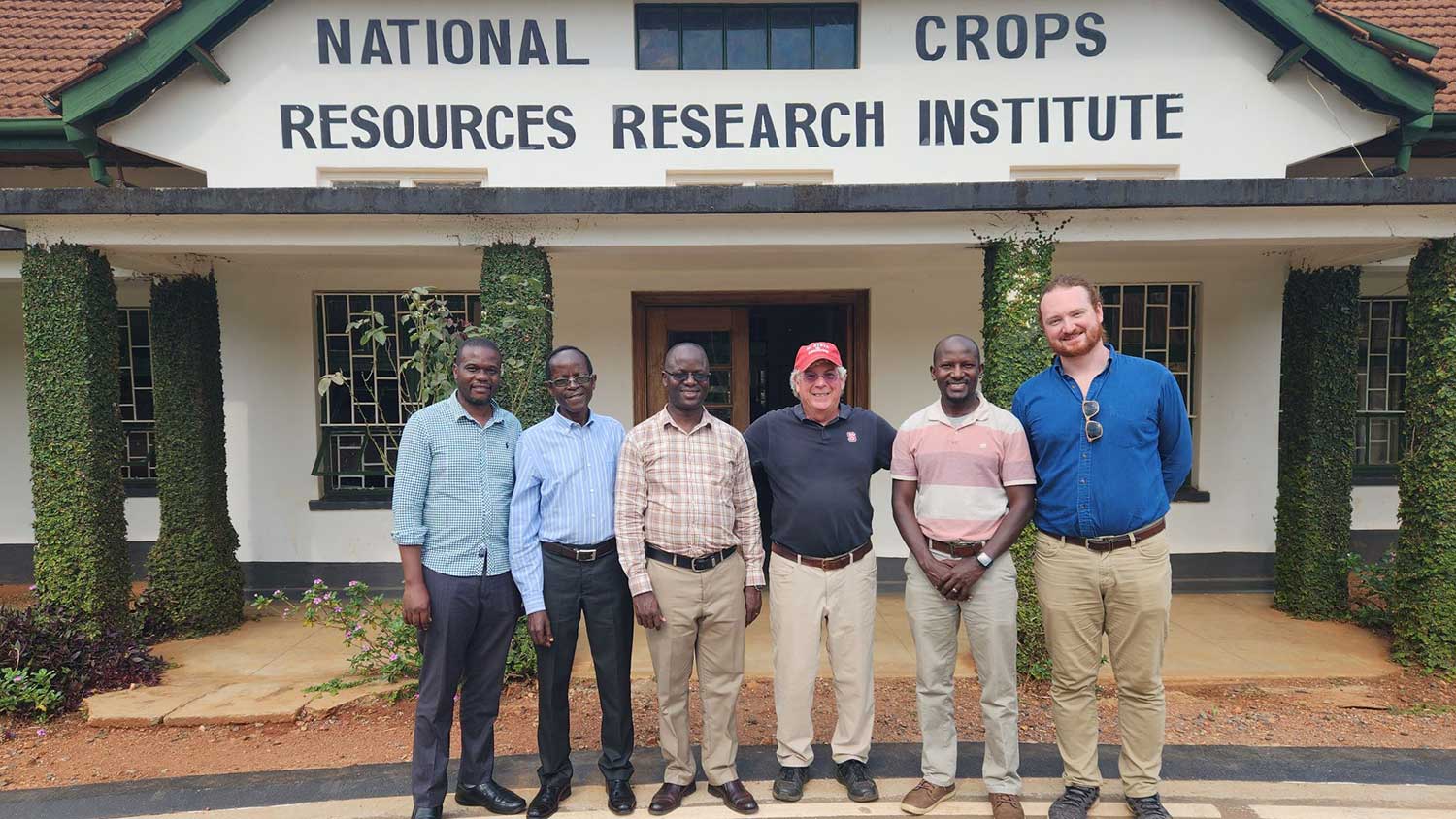Maggots modified to help heal human wounds
In a proof-of-concept study, NC State University researchers show that genetically engineered green bottle fly (Lucilia sericata) larvae can produce and secrete a human growth factor – a molecule that helps promote cell growth and wound healing.
Sterile, lab-raised green bottle fly larvae are used for maggot debridement therapy (MDT), in which maggots are applied to non-healing wounds, especially diabetic foot ulcers, to promote healing. Maggots clean the wound, remove dead tissue and secrete anti-microbial factors. The treatment is cost-effective and approved by the Food and Drug Administration. However, there is no evidence from randomized clinical trials that MDT shortens wound healing times.
With the goal of making a strain of maggots with enhanced wound-healing activity, NC State researchers genetically engineered maggots to produce and then secrete human platelet derived growth factor-BB (PDGF-BB), which is known to aid the healing process by stimulating cell growth and survival.
Read more in the NC State University news release.
This post was originally published in College of Agriculture and Life Sciences News.
- Categories:


